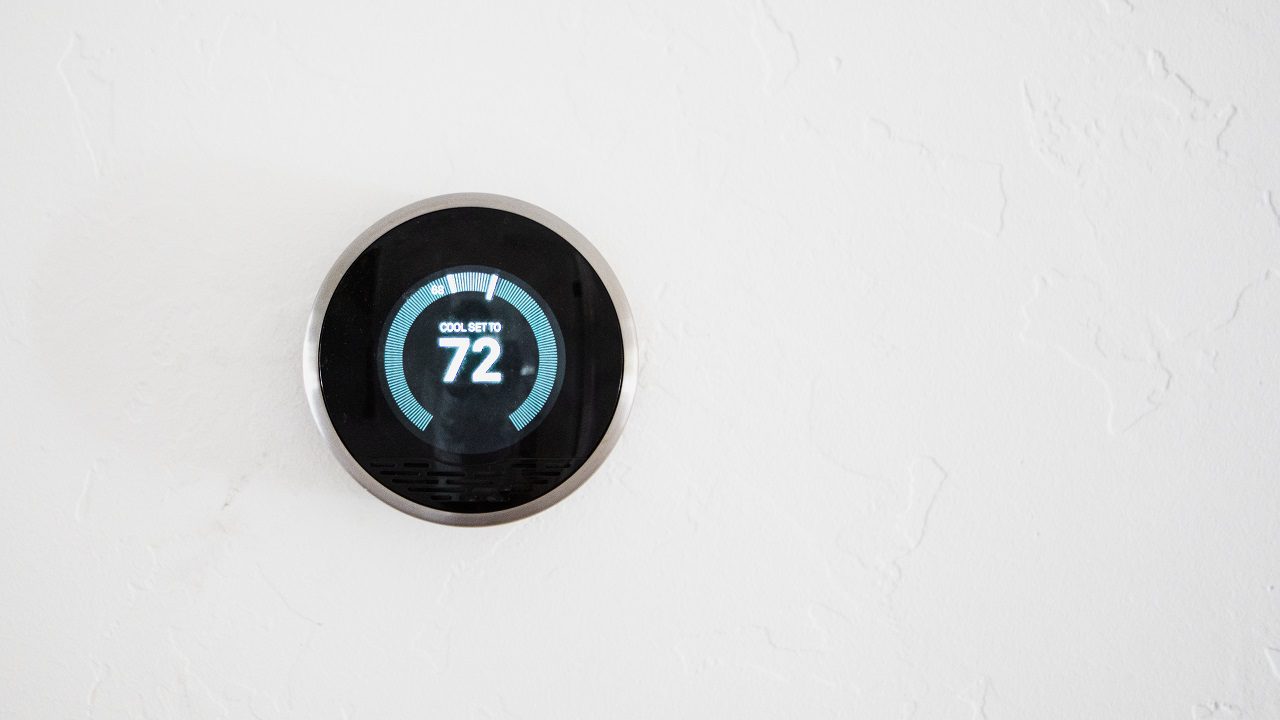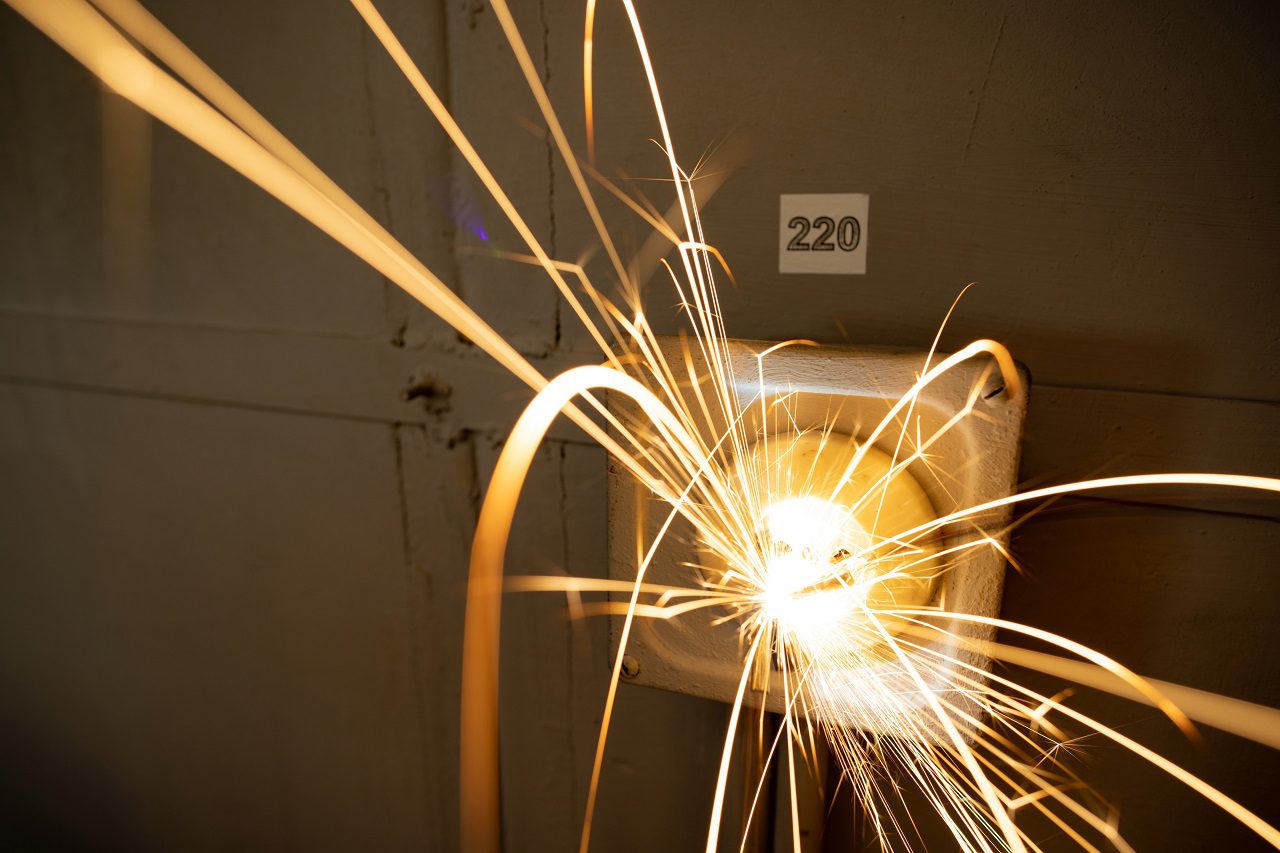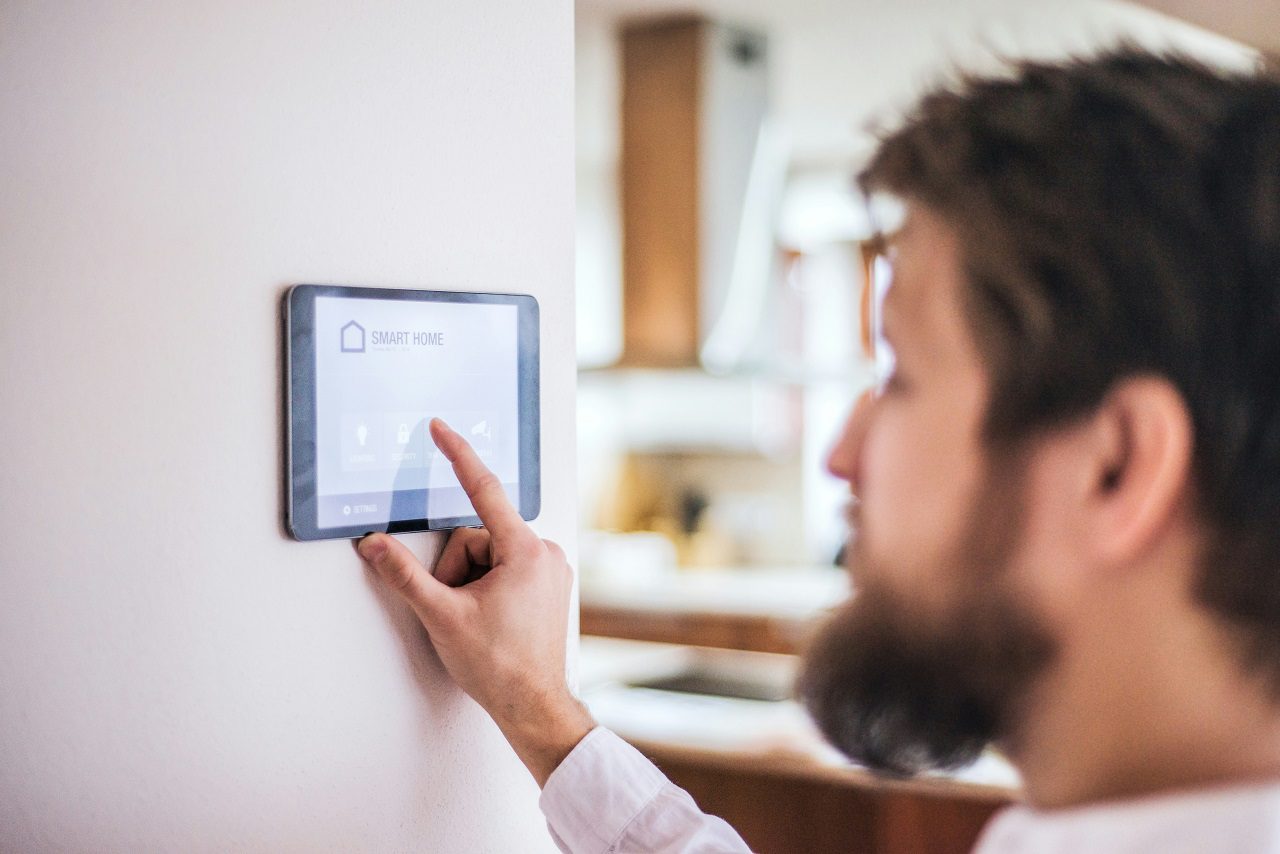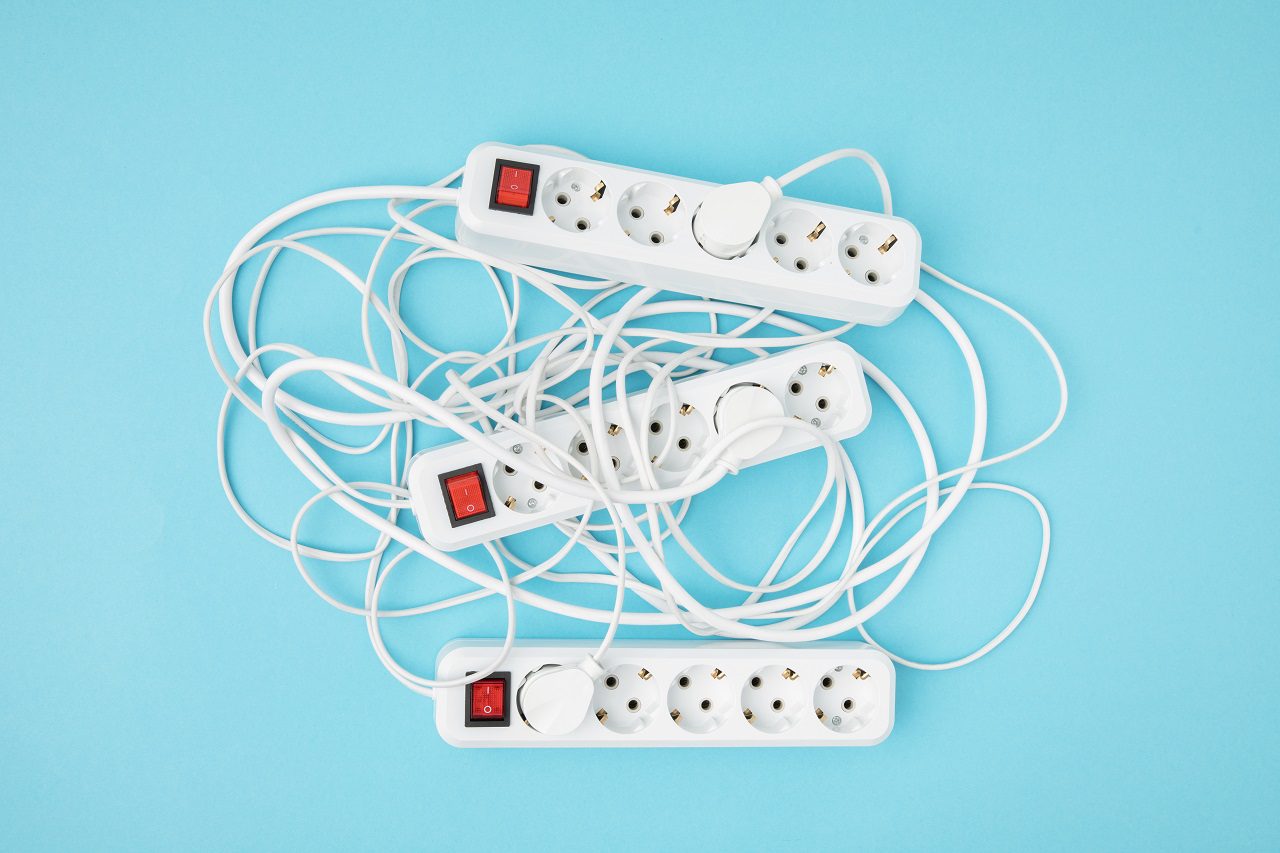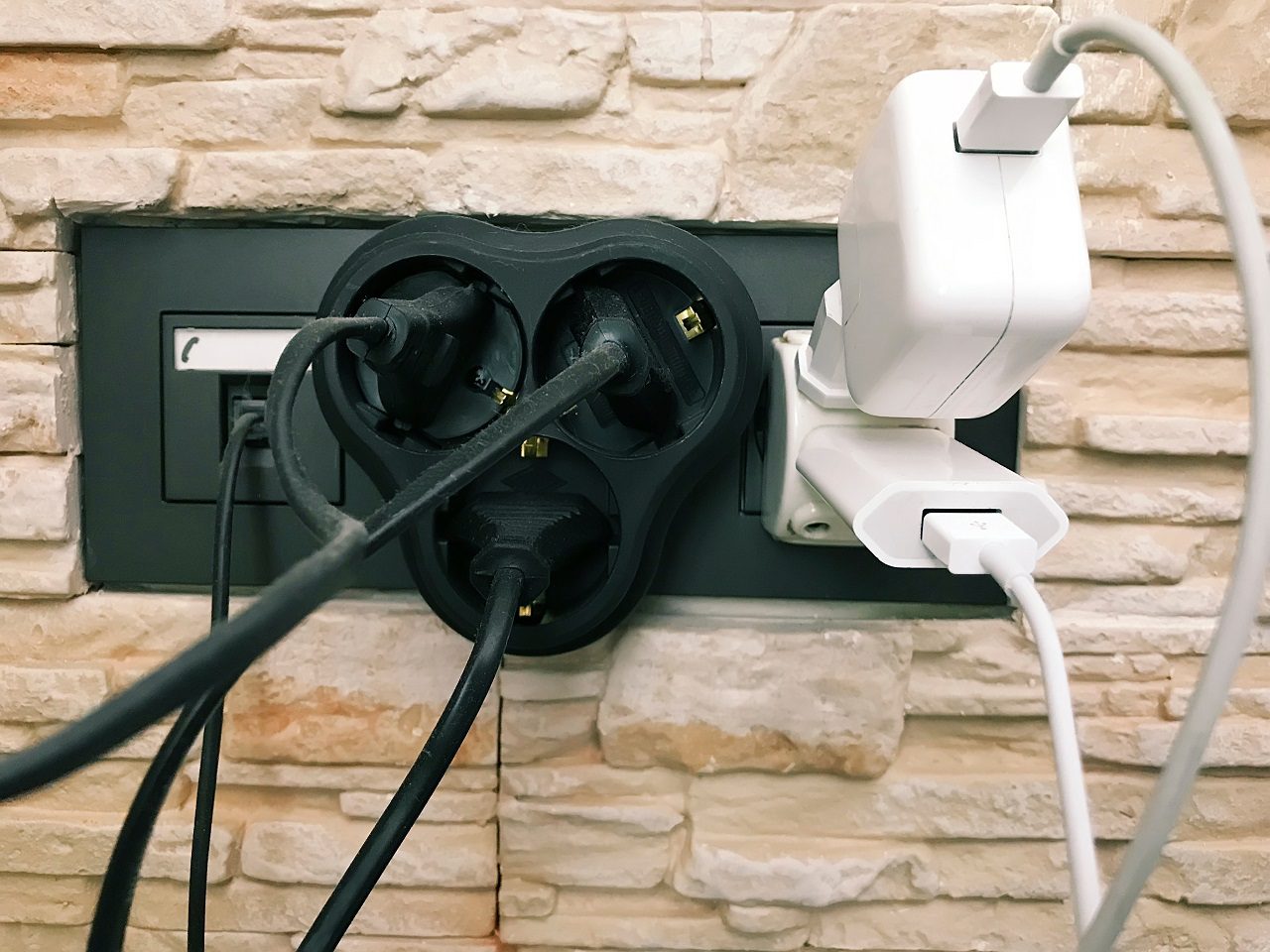Maintaining a comfy, clean, and healthy atmosphere in your home isn’t just about adjusting the temperature on your thermostat. It’s also about ensuring your HVAC system is equipped with the right air filter. It’s like the unsung hero of your home, working behind the scenes to keep things fresh and clean.
But how do you know which air filter is the right fit for your HVAC system? It’s not as simple as just grabbing the first one off the shelf; there’s a little more to it than that. That’s why this guide will take you through the ins and outs of choosing the right air filter to keep your HVAC system running smoothly, efficiently, and most importantly, healthily.
So, let’s dive into the nitty-gritty of air filters, their importance, and how to choose the right one for your home’s unique needs.
Selecting the Right Air Filter for Your HVAC System
1. Understanding MERV Ratings
The Minimum Efficiency Reporting Value (MERV) rating is a critical factor to consider when selecting an air filter for your HVAC system. This rating scale ranges from 1 to 20 and measures a filter’s ability to capture particles and airborne contaminants. The higher the MERV rating, the more efficient the air filter is in trapping smaller particles.
Solution: Find a balance between filtration efficiency and airflow by choosing a filter within the MERV 8 to 13 range. These are efficient enough for most homes while not restricting airflow significantly. However, for households with allergy sufferers, a MERV rating of 14 or higher might be appropriate.
2. Considering Allergy Sensitivity
For homes with allergy-prone occupants, it’s crucial to choose an air filter that effectively captures allergens like pollen, pet dander, and mold spores. High-efficiency filters can significantly reduce allergen levels in your home and improve the overall indoor air quality.
Solution: Opt for a high-efficiency air filter with a MERV rating of 14 or higher to manage allergens in your home better. Additionally, ensure your HVAC system is compatible with the higher-rated filters, as they might require more significant airflow adjustments.
3. Balancing Cost and Efficiency
When selecting the right air filter, it’s essential to strike a balance between cost and efficiency. While high-efficiency filters might better capture particles and improve indoor air quality, they can be more expensive and potentially restrict airflow.
Solution: Assess your home’s air quality needs and budget to determine the appropriate balance between cost and filtration efficiency. Find a balance by selecting a filter within the MERV 8 to 13 range, which offers good filtration without breaking the bank.
4. Evaluating Your Home’s Air Quality Needs
Your home’s specific air quality needs will play a significant role in choosing the right filter for your HVAC system. Factors such as pets, local pollution, and household allergies can impact your home’s air quality requirements and filter selection.
Solution: Assess your home’s air quality needs and consult with our professional team at Turner On Services to determine the most appropriate air filter to optimize your heating and cooling system performance and enhance your indoor air quality.
How Turner On Services Can Help You Choose the Right Air Filter
1. Professional Consultation and Inspection
Our HVAC experts can perform a thorough inspection of your heating and air conditioning system to offer appropriate recommendations for air filter selection based on your specific needs and system compatibility.
2. Expert Guidance and Support
After determining the ideal air filter for your home, our team of professionals will provide ongoing guidance and support to ensure your HVAC system continues to operate efficiently, contributing to a healthy and comfortable living environment.
3. Regular Maintenance and Filter Replacement
At Turner On Services, we are committed to helping you maintain your HVAC system’s consistent performance. Our team can assist with regular maintenance and timely air filter replacement to keep your indoor air quality at optimal levels.
Experience Optimal Indoor Air Quality with Turner On Services’ Expert Advice
Regular replacement or cleaning of your air filter is as essential as selecting the right one. This will ensure you’re consistently reaping the benefits of cleaner air and a smoothly running HVAC system. So, take the time to understand what you need and make an informed choice. After all, your health, comfort, and wallet will thank you in the long run.
If you’re ready to experience the benefits of improved indoor air quality and enhance your HVAC system’s efficiency in Ohio, our team of professionals at Turner On Services is here to help. Contact us today to discuss your air filter needs and receive expert guidance on choosing the ideal filter for your home!



